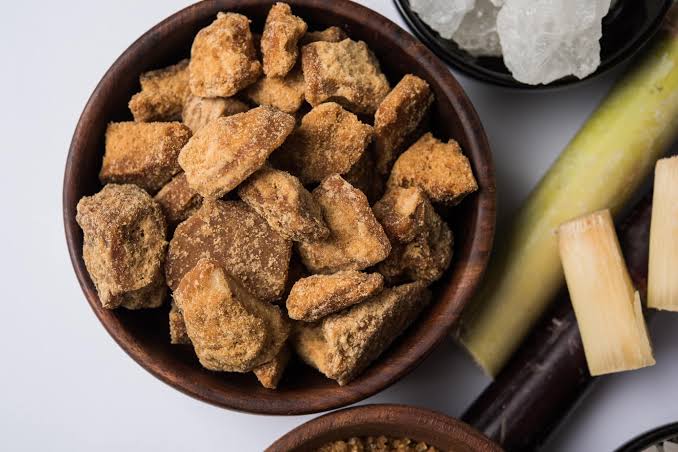
The new NEP by @narendramodi govt. focuses on toys for children to nurture their creativity & innovation quotient.
This #thread reflects the concepts of ancient, traditional #toys (Krīdānaka) from the Ayurvedic scriptures- Kāśyapa Saṃhitā & Aṣṭāṅga Saṃgraha
This #thread reflects the concepts of ancient, traditional #toys (Krīdānaka) from the Ayurvedic scriptures- Kāśyapa Saṃhitā & Aṣṭāṅga Saṃgraha
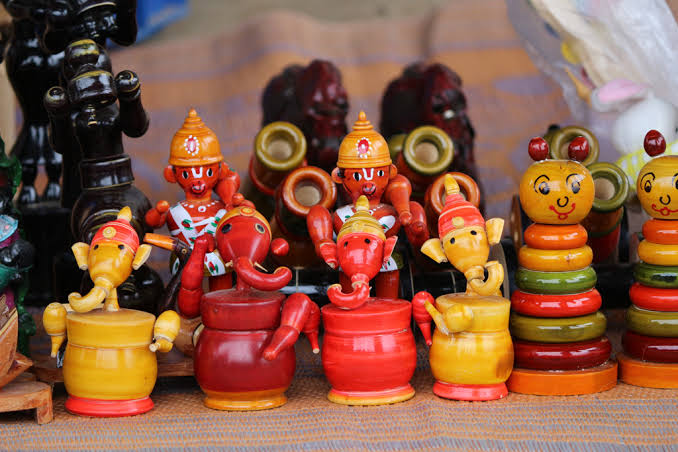
The word "Kumāra" itself means the one that plays.
Kaumarayati Kridati ||
The one who plays, loves/enjoys playing is Kumāra.
Play shouldn't be a break from learning, it should be the way a child learns.
Toys should be an exploration of life experiences for expressing emotions.

Kaumarayati Kridati ||
The one who plays, loves/enjoys playing is Kumāra.
Play shouldn't be a break from learning, it should be the way a child learns.
Toys should be an exploration of life experiences for expressing emotions.
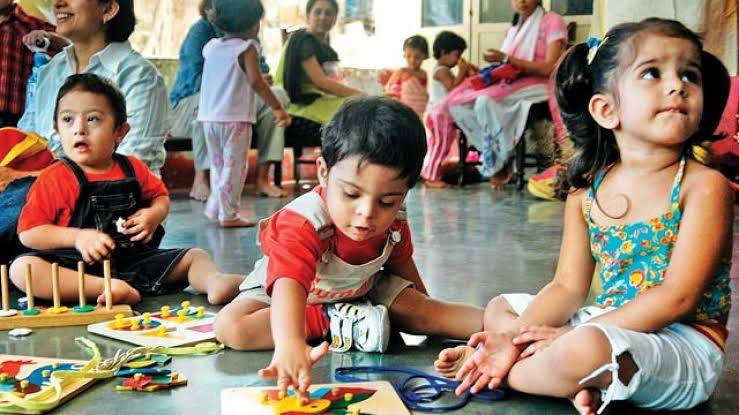
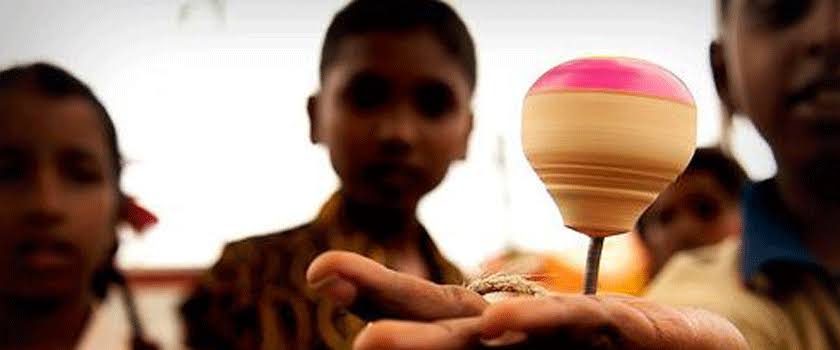
How should the toys ideally be?
1. Vicitrāṇi - In various sizes, colours & shapes to stimulate the child's imagination & to attract him so it encourages him to play often.
2. Abhirāmāṇi - Should be attractive, pleasant to the eyes of the child.

1. Vicitrāṇi - In various sizes, colours & shapes to stimulate the child's imagination & to attract him so it encourages him to play often.
2. Abhirāmāṇi - Should be attractive, pleasant to the eyes of the child.

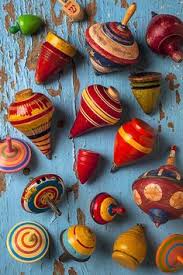
3. Jātusham - Should be made of Rice, Wheat flour, Laakh as it is Shītala (cold), Raktapittaghna (destroys bleeding disorders), Jwara nāshak (antipyretic), Dāha shāmak (burning sensation), Balya & Varnya.
This way even if he licks the toy/ chews on it, it will only promote health
This way even if he licks the toy/ chews on it, it will only promote health
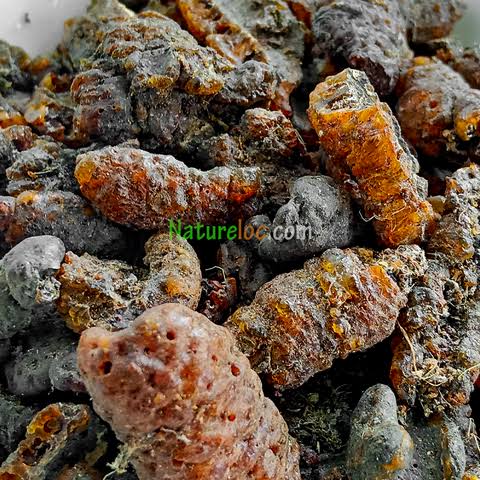
4. Māngalyam - The toys should be in the form of auspicious, herbivorous animals like elephant, cow, horse, dog; birds like parrots, peacocks.
These induce Sātvik bhāva in children.
Surfaces of toys must be smooth so as not to injure the delicate skin of the child in any way.

These induce Sātvik bhāva in children.
Surfaces of toys must be smooth so as not to injure the delicate skin of the child in any way.
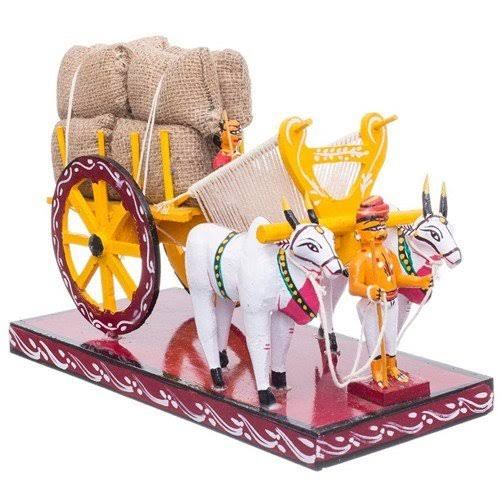
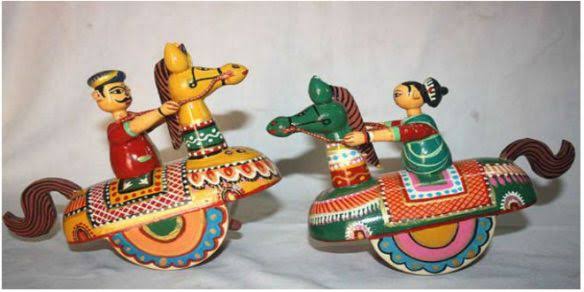
5. Avitrāsani - Non-frightening.
Must not pose any kind of fear psychosis in children & must be liked in terms of shape, colour & sound.
Loud & uncomfortable sound-producing toys to be avoided in infants.
Must not pose any kind of fear psychosis in children & must be liked in terms of shape, colour & sound.
Loud & uncomfortable sound-producing toys to be avoided in infants.
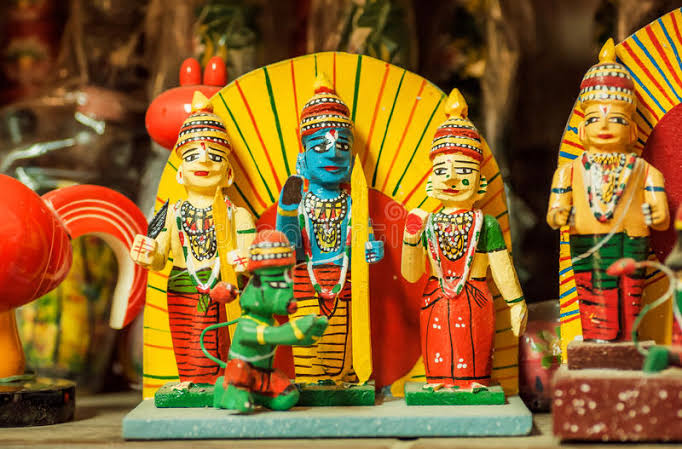
6. Vayo Anukūla - They should be based on the age of the child, keeping in mind his milestones wrt mental development
7. Aprāna Harāni - They should not be lethal or made from toxic metals, plastics or colours.
They should be safe for the child even if he licks or chews on them
7. Aprāna Harāni - They should not be lethal or made from toxic metals, plastics or colours.
They should be safe for the child even if he licks or chews on them
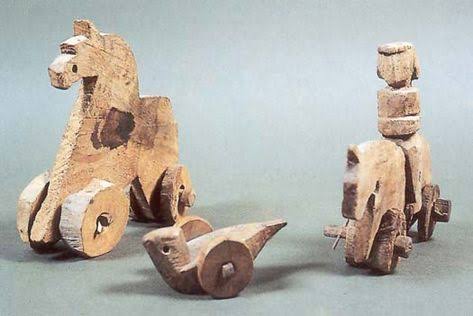
8. Aguruni- Should not be heavy, the child should be able to lift them easily. Appropriate weight of toy makes it more playable, manipulative & child-friendly, also helps to improve psychomotor coordination & physical skill.
9. Size shouldn't be too small as it can be swallowed.

9. Size shouldn't be too small as it can be swallowed.
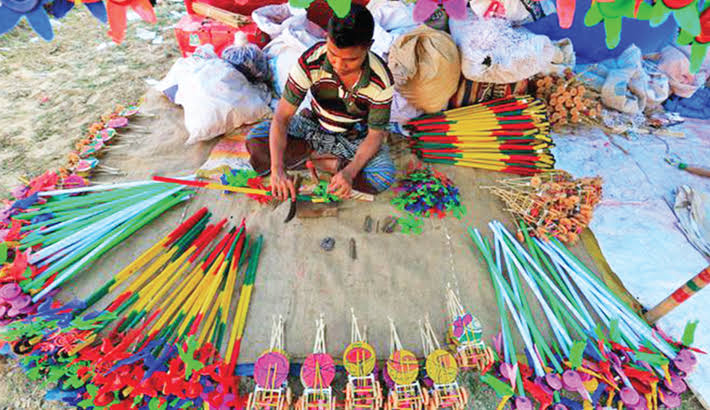
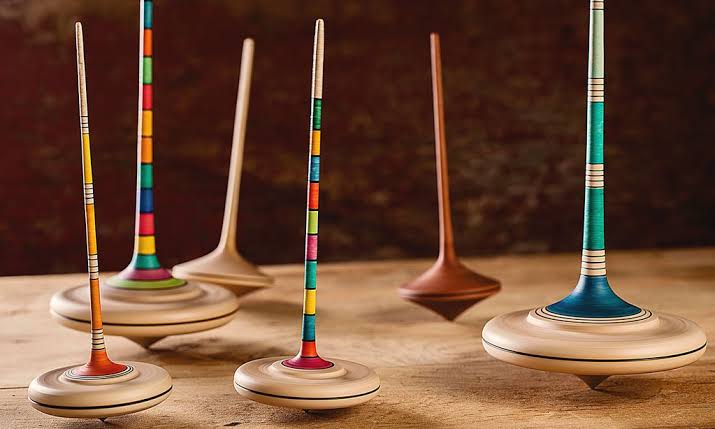
10. Ateekshnāgrāni- The tip of toys should not be pointed or sharp. These could lead to injuries & bleeding.
11. Avitraasanaani- They should not be scary-looking for the child or shouldn't harm the child. Also should not produce loud and scary sounds.
11. Avitraasanaani- They should not be scary-looking for the child or shouldn't harm the child. Also should not produce loud and scary sounds.
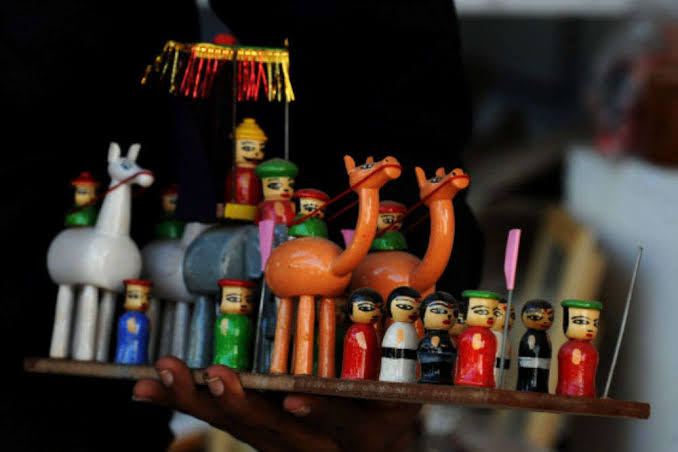
When should toys be introduced to the child?
Krīdānaka should be given to the infant when the Upaveśana Saṃskāra (making the child sit without support) and Annaprāśana Saṃskāra are to be carried out.
Krīdānaka should be given to the infant when the Upaveśana Saṃskāra (making the child sit without support) and Annaprāśana Saṃskāra are to be carried out.

Kāśyapa Saṃhitā hints towards the extensive knowledge of the art of toy-making.
The variety & diversity with which the toys were made with precision, the materials used to make them & how they could be used to stimulate the child's imagination to be used as study materials.
The variety & diversity with which the toys were made with precision, the materials used to make them & how they could be used to stimulate the child's imagination to be used as study materials.
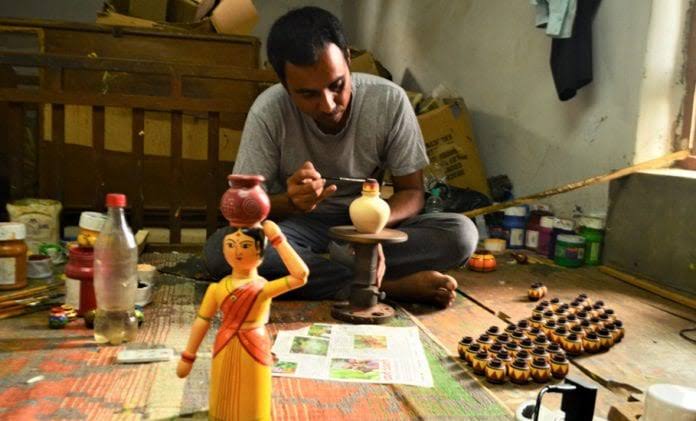
The knowledge of toy-making was extremely advanced in Bharat. Toys weren't just a means of entertainment to keep the child engaged, but were considered an important part of the child's inner circle as the child conversed & shared and expressed his emotions through them. 
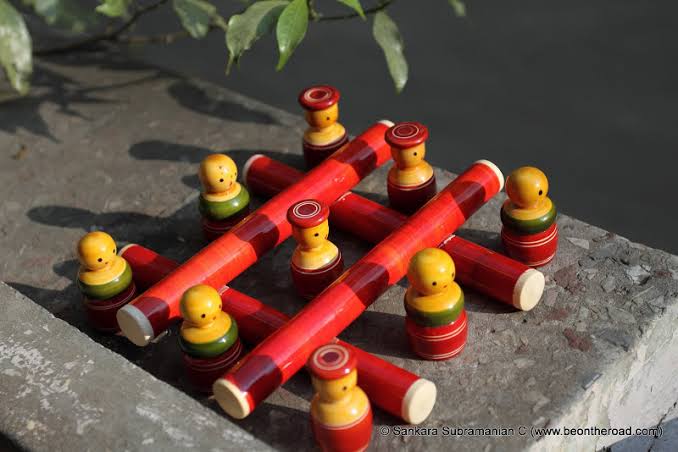
Toys excavated from Indus valley civilization (3000-1500 BC) were Wheel Cart Rattle, Dice etc.
Gaming in Mohenjodaro-an archaeology found that every 10th item found is related to play.
Such was the significance of toys in a child's mental and emotional development.
Gaming in Mohenjodaro-an archaeology found that every 10th item found is related to play.
Such was the significance of toys in a child's mental and emotional development.
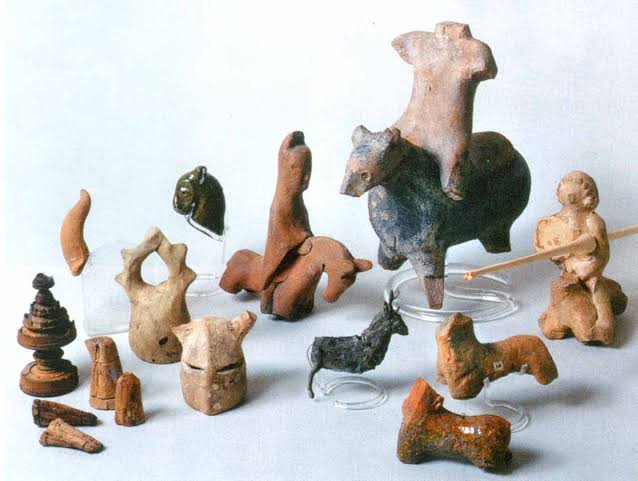
Today, the materials & metals used to make toys are far from safe & also stimulate child's imagination in a wrong way (take Barbie dolls) for example.
They also lack creativity & become cliché & generalised, instead of having the uniqueness to bring out the child's best qualities
They also lack creativity & become cliché & generalised, instead of having the uniqueness to bring out the child's best qualities
We must focus to bring back the ancient tradition of toy-making by buying local toys which have everything a child needs for overall development.
This can't happen unless we start promoting our own cottage industries that still make these toys.
Look for Channapatna Toys online.
This can't happen unless we start promoting our own cottage industries that still make these toys.
Look for Channapatna Toys online.
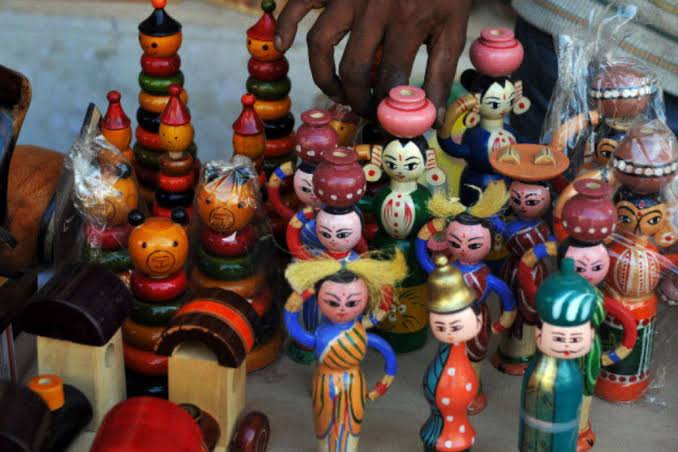
While the current govt is doing a fine job of revival of the ancient paramparā of toy-making, it would only help further to consider the references from our texts tht have scientific explanations on how toys can totally change the way a child grows up.
#Vocal4Local
#ToysofBharat
#Vocal4Local
#ToysofBharat
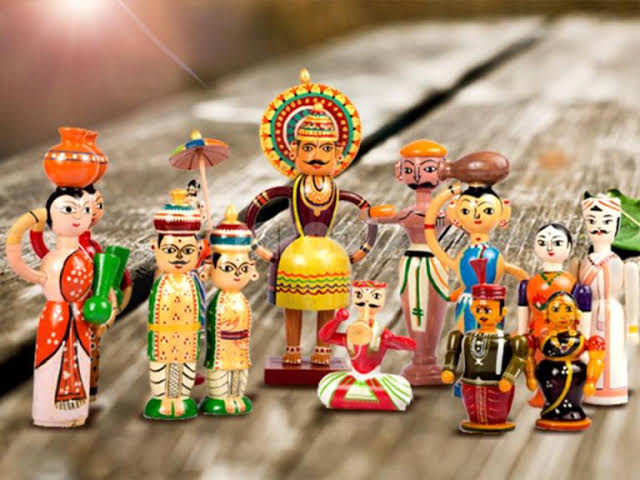
• • •
Missing some Tweet in this thread? You can try to
force a refresh








